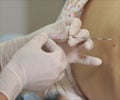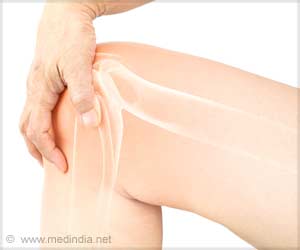Epidural stimulation has led to recovery of cardiovascular function in spinal-cord-injured, revealed study.

‘Research participants' blood pressure and heart rate remained stabilized between spinal cord epidural stimulation sessions, showing an enduring effect.’





"My whole life has opened up for me again!" Putnam said. A C4 spinal cord injury in 2009 left Putnam paralyzed from the neck down and suffering from chronic low blood pressure. She relied on medication and tight corsets to maintain her blood pressure, but she still passed out five or six times a day.
Her new lease on life is the result of spinal cord epidural stimulation (scES) she received as a participant in research at the University of Louisville's Kentucky Spinal Cord injury Research Center (KSCIRC) to aid recovery for individuals with spinal cord injury. "From a quality of life perspective, orthostatic hypotension, or low blood pressure when sitting up, is truly life limiting," said Glenn A. Hirsch, M.D., a cardiologist with the UofL School of Medicine and co-author of the study.
Spinal cord epidural stimulation uses an implanted electrode array to deliver electrical signals to the lumbar spine. For this study, research participants received stimulation using specific configurations selected to target cardiovascular function, monitoring blood pressure and cardiovascular function throughout, for an average of 89 daily, two-hour sessions.
"What was most surprising was that only having it on for a few hours a day, we were noticing participants having normal blood pressure through longer periods of each day," Hirsch said. "We are noticing it now across the research participants who had that problem, that there is a prolonged stabilizing effect even after the stimulator is turned off."
Advertisement
Advertisement
"In our motor system studies, we observed that we could actually regulate blood pressure without activating the motor system. That launched us into another area of research," Harkema said. "Many people don't realize that walking in many cases is not really the aspect that makes their daily lives most difficult because they have cardiovascular dysfunction and problems with respiratory, bowel, bladder, and sexual function. All of those things are disrupted so every day is incredibly difficult for people with spinal cord injury."
In ongoing research to explore further the life-enhancing effects of epidural stimulation, the UofL researchers are conducting a six-year study with 36 participants with chronic, complete spinal cord injuries.
Source-Eurekalert















